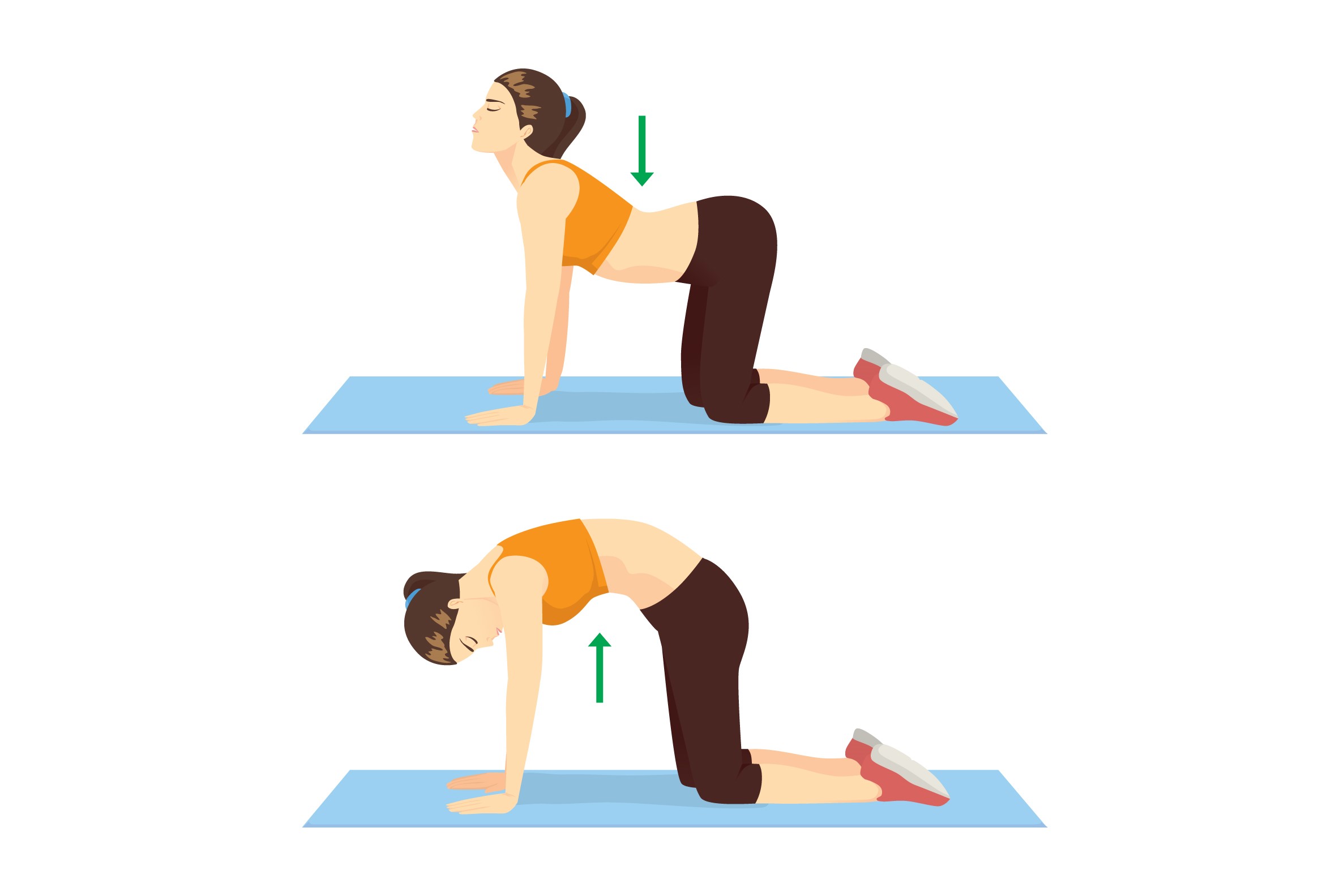Backbend Foundations: Safely Improving Spine Flexibility with Yoga
Introduction to Backbends
Backbends are an essential component of yoga practice, helping to increase spinal flexibility, improve posture, and release tension. They engage muscles, stretch the front body, and stimulate the nervous system, offering both physical and mental benefits.
Benefits of Backbends
- Spinal Flexibility: Improves vertebral mobility and prevents stiffness.
- Posture Improvement: Strengthens spinal extensors to correct slouching.
- Emotional Release: Opens the chest to release stored stress and tension.
- Energy Boost: Stimulates nervous system for increased alertness and vitality.
- Lung Capacity: Chest opening enhances oxygen intake.
- Fact: A study shows regular backbends improve spinal range of motion by 10–15% in a few months.
Science Behind Backbends
Backbends work on multiple systems in your body:
- Musculoskeletal System: Strengthens back muscles, glutes, core, and shoulders.
- Nervous System: Activates sympathetic and parasympathetic systems, boosting energy and calmness.
- Endocrine System: Stimulates adrenal and thyroid glands for metabolism and stress management.
- Fascia & Connective Tissue: Maintains elasticity and prevents stiffness in ligaments around the spine.
- Fact: Engaging the core and glutes during backbends reduces risk of disc compression and injury.
Step-by-Step Backbend Progression
Gentle Spine Warm-Ups

Cat-Cow Pose
Mobilizes the spine gently, enhancing flexibility while warming up vertebral joints.

Sphinx Pose
Opens the chest without straining the lower back, ideal for beginners to build confidence in backbends.

Seated Side Stretches
Lengthens obliques and improves lateral spinal flexibility, preparing for deeper backbends.
Strengthening Key Muscles

Bridge Pose
Strengthens glutes, back, and core muscles, supporting the spine for safe backbends.

Locust Pose
Activates spinal extensors, improving posture and alignment before advanced backbends.
Intermediate Backbends

Cobra Pose
Opens the chest while engaging core and shoulder muscles for spinal support.

Camel Pose
Stretches hip flexors and chest; use hands for gentle support to prevent overextension.

Bow Pose
Deepens spinal extension while strengthening the back, core, and glutes for balance.
Advanced Backbends

Wheel Pose
Full backbend for experienced practitioners; prioritize alignment and breath over depth to avoid injury.
Mindful Practice & Breathing
- Breathe deeply: Inhale to lengthen the spine, exhale to relax into the pose.
- Respect your limits: Pain is a warning, stretching sensation is the goal.
- Slowly enter and exit poses to prevent strain.
- Visualize spine growing longer and stronger with each breath.
- Fact: Mindful breathing during backbends reduces cortisol and improves stress resilience.
Interactive Spine Flexibility Test
- Stand with feet hip-width apart.
- Raise arms overhead and gently arch back.
- Note your range of motion. Track weekly to see improvement safely.
Tips for Safe Backbend Practice
- Never force the spine; progress gradually.
- Engage core and glutes to protect the back.
- Warm up for 10–15 minutes before deep backbends.
- Use props like bolsters, blocks, or straps for support.
- Cool down afterward with Child’s Pose or Forward Fold.
- Fact: Proper muscle engagement prevents ligament strain and disc compression.
Deepen Your Backbend Practice
Enhance your backbend journey with YogaEndless. Learn safe, step-by-step techniques to increase spinal flexibility:
Share Your Yoga Journey
Celebrate your progress, no matter how small. Engage with the yoga community, share your experiences, and learn from others to make your practice mindful, safe, and effective.
